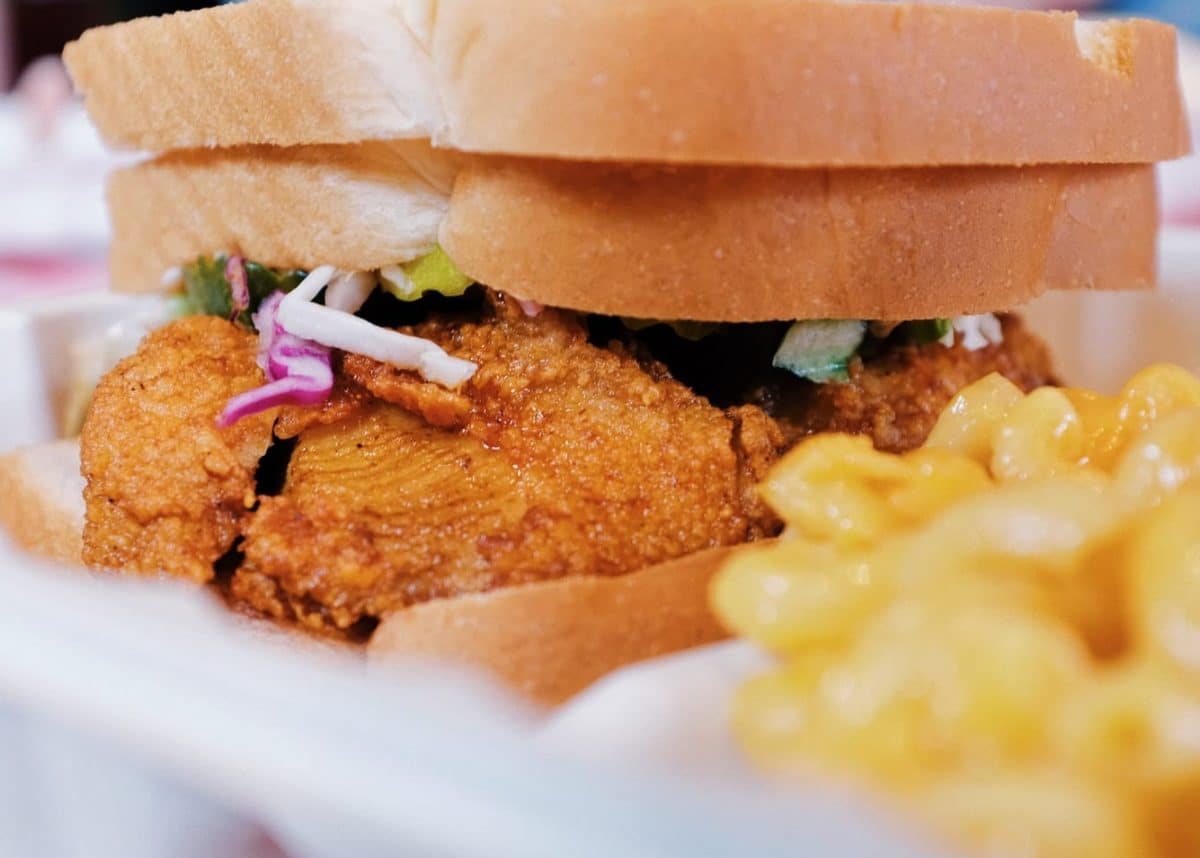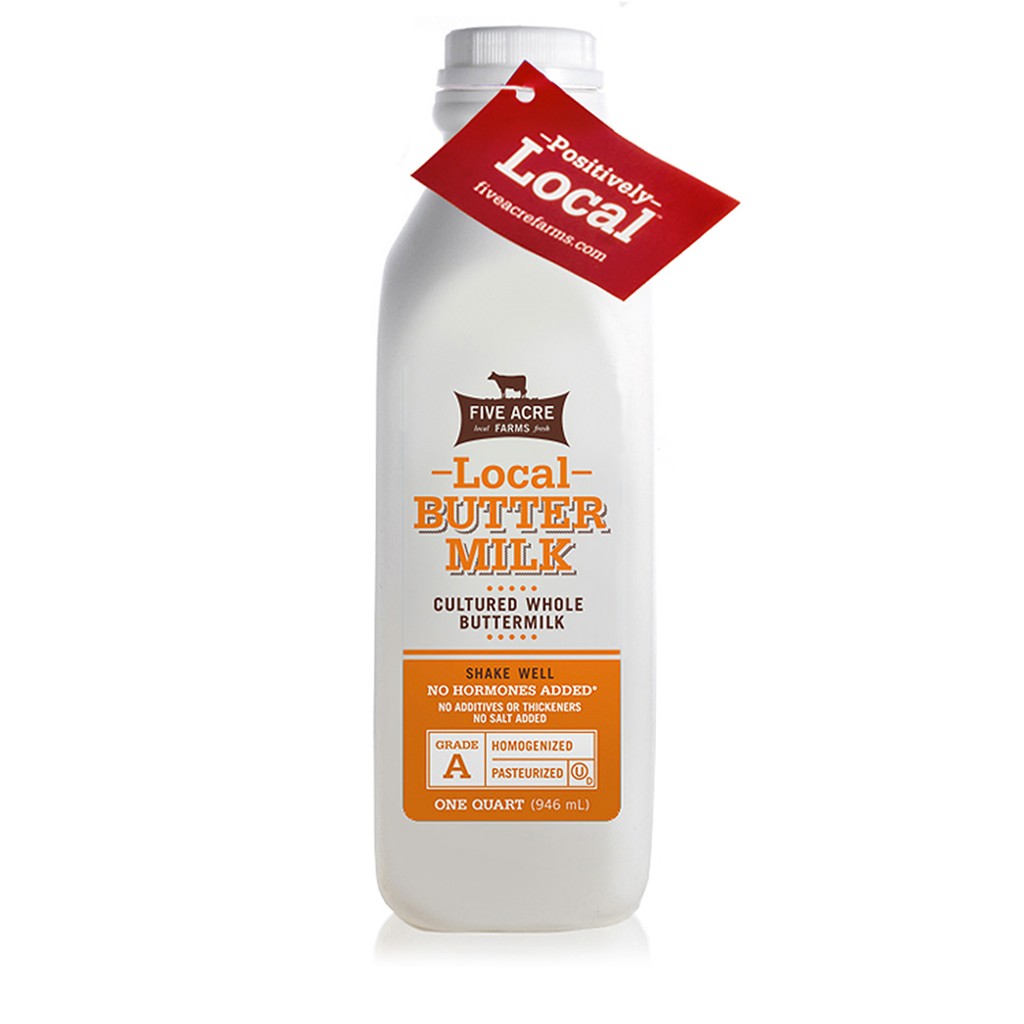If you didn’t know already, buttermilk is a crucial ingredient in southern fried chicken. It’s the acids in buttermilk which tenderize the chicken by breaking down the proteins in the meat prior to cooking. We were reminded of this delicious fact when we tried this Nashville Hot Chicken recipe on Southern Kitchen. The recipe is simple to follow and the results are Deeeeeelicious!
Serves: 4
Hands On Time: Total Time:
Ingredients
Seasoned Flour
8 cups all-purpose flour
1/4 cup garlic powder
3 tablespoons kosher salt
1 tablespoon freshly ground black pepper
1 tablespoon cayenne pepper
1 tablespoon Old Bay Seasoning
1 tablespoon sweet paprika
1 teaspoon onion powder
Hot Chicken
4 cups buttermilk (Five Acre Farms Buttermilk)
1/2 cup hot sauce
1 (3 1/2-pound) chicken, cut into 8 pieces
Vegetable shortening or peanut oil, for frying
5 tablespoons cayenne pepper
2 tablespoons brown sugar, packed
1 tablespoon sweet paprika
2 teaspoons chili powder
1 teaspoon garlic powder
Instructions
To make the flour: In a large bowl, whisk together all of the ingredients until well combined. Pour the flour mixture into a heavy duty brown paper bag and reserve for frying.
To make the chicken: In a large bowl, whisk together the buttermilk and hot sauce. Add the chicken and submerge in the buttermilk mixture. Transfer to the refrigerator and marinate for 4 hours.
When ready to fry, remove the chicken from the buttermilk mixture, allowing any excess to drain off. Place the chicken in the bag with the flour. Clasp the bag at the top and vigorously shake to completely coat chicken with flour. Remove chicken from the bag, tap off excess flour, and transfer to a baking sheet lined with a wire rack. Let rest at room temperature for 15 minutes.
As the chicken is resting, fill a large cast iron skillet one-third of the way up the sides with melted shortening or peanut oil. Heat the oil to 340 degrees.
When the oil is hot, add the legs and the thighs first, placing them around the sides of the skillet. Cook for 3 minutes before adding the breasts and wings. Use a wire splatter screen to prevent excess grease from adhering to your kitchen surfaces. Cook until the chicken is golden brown and crisp on both sides and the internal temperature of the chicken reaches 165 degrees, 14 to 16 minutes. Transfer the cooked chicken to a clean baking sheet lined with a clean wire rack. Reserve 1 cup of the frying oil.
In a medium bowl, whisk together the cayenne, brown sugar, paprika, chili powder and garlic powder. Carefully whisk in the reserved frying oil until a loose paste has formed. With a pastry brush, coat the surface of the fried chicken chicken with the sauce and serve hot.


